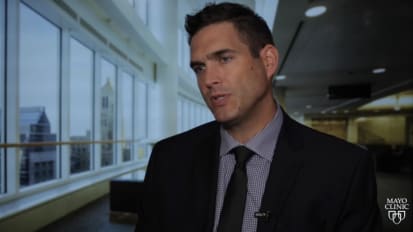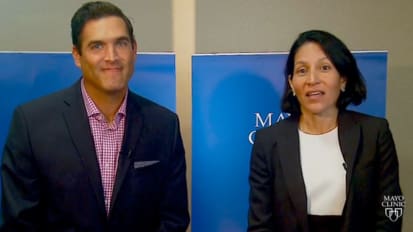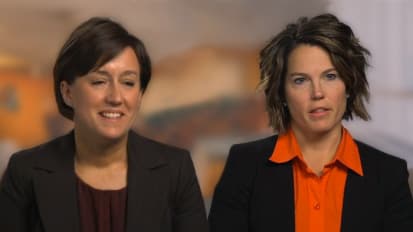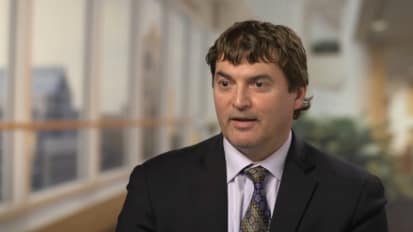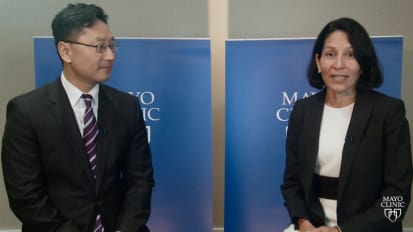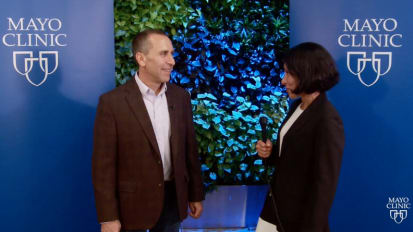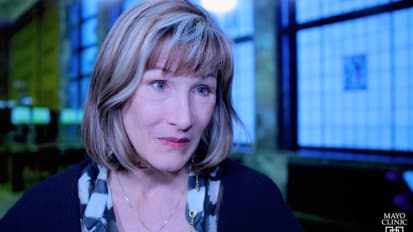CARMEN TERZIC: We are here in the Fourth Annual Symposium on Regenerative Medicine, and we are joined by Dr. Christopher Evans, which is the Professor in Physical Medicine and Rehabilitation and Orthopedics at Mayo Clinic, and also the director of the Rehabilitation Medicine Research Center. So, Dr. Evans, as a part of this symposium, has given a wonderful presentation regarding regeneration of cartilage in some degenerative joint diseases. And I would like to ask Dr. Evans if he can give us a summary of his presentation.
CHRISTOPHER EVANS: Well, thank you, Carmen. So, cartilage is unusual tissue, because it's one of the few organs in the body that has absolutely no ability whatsoever to repair itself after injury. And it's frequently injured as a result of sporting activities, motor vehicle accident, and is also damaged by diseases such as arthritis. So the question is, what do you do with the tissue that can't repair itself under any circumstances, has no stem cells, no blood supply, no lymphatics, and no nerve?
So when we're trying to develop ways to repair this tissue, we have to be pretty inventive. And we have introduce cells, because it has no stem cells, we have to introduce the signals that tell those stem cells to become cartilage cells or chondrocytes. And we have to do it all in a controlled fashion, and we have to stop the blood supply from coming in, and keep the nerves out. And all of this is quite demanding.
So there are several approaches you can take to this, but the one our lab concentrates on is one where we try to develop technologies that can be implemented in the operating room in a single procedure. So nothing has to leave the operating room, and nothing has to get grown inside the body.
And what we do is we take bone marrow, we're looking at muscle, which has progenitor cells, and we also look at fat, which is a rich source of stem cells. And we genetically modify them to produce their own factors that will make them become cartilage. And the reason we use gene transfer, gene therapy, is that, if we're doing all this in a single surgery, we don't have the luxury of time with which to groom the cells to become what we want them to become.
We have to give them the single shot of something that will stay with them for the weeks and months it takes for them to decide to become cartilage cells, and to turn into those cells and make new cartilage. So when we put a gene into the cells, the instructions present in that gene will remain with the cells for the requisite amount of time, and will remain active and produce just the effect we want. So we're doing this now in animal models, and if they're successful, we'll obviously take this into human clinical trials.
CARMEN TERZIC: Thank you very much, Dr. Evans. And again, this is the Fourth Annual Symposium on Regenerative Medicine, and Dr. Christopher Evans was part of the symposium. And thank you very much.
CHRISTOPHER EVANS: Thank you, Carmen.

